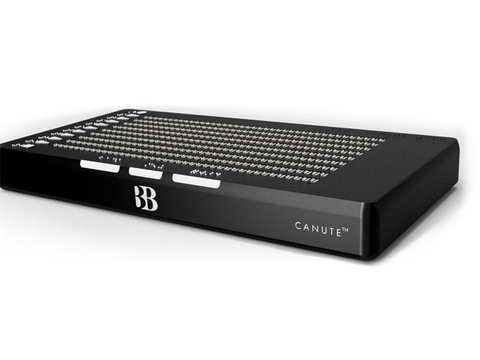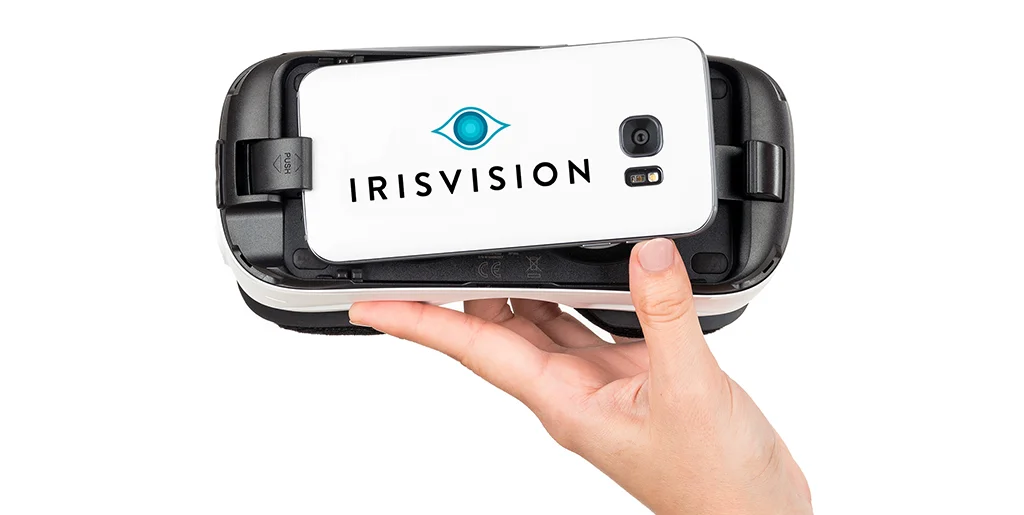Discover the Most Advanced in Assistive Technology for the Blind
Discover the Most Advanced in Assistive Technology for the Blind
Blog Article
Discover Ingenious Devices Designed for the Visually Impaired
The development of cutting-edge devices for the visually impaired stands for a considerable advancement in access and freedom. Technologies such as clever glasses with AI capacities and mobile applications developed to offer auditory summaries are reshaping day-to-day experiences for customers.
Smart Glasses for Navigating

Smart glasses designed for navigating are revolutionizing the way aesthetically impaired individuals engage with their environment. These innovative gadgets utilize a combination of camera technology, fabricated intelligence, and auditory comments to offer real-time details about surroundings. By using challenge detection systems, clever glasses can inform individuals to prospective risks, making it possible for much safer movement in both acquainted and unknown settings.
The assimilation of GPS modern technology additionally improves navigating capabilities, allowing users to get acoustic instructions as they move. This hands-free strategy not just fosters self-reliance however additionally encourages visually impaired people to navigate metropolitan landscapes with enhanced confidence. Additionally, many clever glasses are geared up with attributes that recognize sites and street indications, giving contextual info that enhances the user experience.
Furthermore, the advancement of these devices is continually advancing, with companies working to boost the precision of item acknowledgment and expand the series of navigational attributes. As wise glasses become more budget friendly and easily accessible, they hold the possible to substantially transform life for visually damaged users. Inevitably, these ingenious devices represent a vital step towards inclusivity, offering improved flexibility and a higher feeling of freedom for people navigating the globe around them.

Mobile Application for Daily Living
Exactly how can mobile applications enhance the day-to-days live of aesthetically damaged individuals? Mobile apps are transforming the means visually impaired customers browse their settings, take care of day-to-day tasks, and access details. These applications provide vital support through numerous capabilities, cultivating independence and boosting quality of life.
Several cutting-edge mobile apps are designed especially for day-to-day living. Applications like Be My Eyes link aesthetically damaged customers with sighted volunteers using video phone calls, enabling them to get real-time support with jobs such as reviewing tags or navigating unfamiliar spaces. Likewise, Seeing AI, established by Microsoft, utilizes synthetic intelligence to describe environments, read message, and determine items, efficiently transforming a smartphone right into an effective device for day-to-day help.
Furthermore, navigating applications customized for the visually damaged, such as Aira and BlindSquare, offer audio-based directions and environmental information, making it possible for individuals to traverse their environments securely and confidently. Beyond navigating and immediate support, mobile applications likewise support organization and task monitoring, with functions that assist customers set reminders, create to-do listings, and track visits. In recap, mobile applications serve as important resources, encouraging visually damaged individuals to lead even more independent and meeting lives.
Wearable Technologies for Support
Empowerment through technology is progressively obvious in the world of wearable devices created to help aesthetically damaged individuals. These innovative devices integrate flawlessly right into daily life, improving navigation and offering necessary feedback to individuals. As an example, smart glasses furnished with electronic cameras can read and recognize faces text out loud, permitting customers to communicate more with confidence in social and professional settings.
One more notable innovation is using haptic comments systems in wearable gadgets. These systems use vibrations or eye dr appointment other tactile signals to convey info concerning the user's atmosphere, such as barriers or modifications in terrain, boosting flexibility and security. Wearable modern technologies likewise include wristbands that attach to smart devices, notifying individuals to alerts through subtle resonances, thus enhancing connectivity without reliance on aesthetic cues.
As these innovations remain to evolve, they are not only improving self-reliance for visually impaired people yet likewise promoting a higher feeling of incorporation in society. By linking the void in between difficulties encountered in day-to-day living and the capacity for autonomy, wearable technologies serve as crucial devices in the quest for equality and empowerment for those with visual problems.
Sound Description Devices
Sound description devices play a crucial role in improving ease of access for aesthetically damaged individuals, giving them with the capability to engage with aesthetic media. Smart glasses for the visually impaired. These tools supply narrated descriptions of key visual elements in movies, television programs, and live efficiencies, ensuring that users can fully comprehend the context and emotions communicated with visuals
Sound description can be integrated into different systems, including streaming services, cinema screenings, and live theater. Numerous preferred streaming services currently include audio summary as an ease of access attribute, permitting visitors to pick it easily. In enhancement to traditional media, specialized applications also exist, offering audio descriptions for art events, museums, and other cultural events.
The performance of audio summary depends upon the ability of the storytellers, who should share aesthetic details succinctly without interfering with check out this site the original audio. Innovations in this field are also leading the way for even more individualized experiences, where users can change the degree of detail and pacing according to their preferences.
Braille Innovations and Gadgets
Braille tools and innovations have substantially transformed the method visually damaged individuals connect with text and details. Modern advancements have led to the advancement of flexible tools that enhance proficiency and freedom amongst individuals. Significantly, Braille present technologies have advanced, permitting dynamic analysis experiences. These gadgets convert digital message right into Braille, making it possible for customers to access a huge array of details on smartphones, computers, and tablets.
Additionally, portable Braille notetakers integrate traditional Braille input with modern-day capabilities, assisting in note-taking, organizing, and document modifying on the move. Smart glasses for the visually impaired. These portable gadgets often include text-to-speech capabilities, linking the space in between Braille and acoustic information
Additionally, innovative Braille printers have emerged, enabling users to generate Braille labels, papers, and instructional materials successfully. This availability cultivates higher engagement in academic and specialist settings, inevitably advertising inclusivity.
Moreover, research study right into clever Braille technologies remains to broaden. Instruments that include expert system are being explored to provide real-time navigating help and contextual details, improving the customer experience in varied setups. In general, these advancements reflect a commitment to equipping aesthetically impaired individuals through innovation, guaranteeing they can conveniently access and involve with the world around them.

Conclusion
The advancement of ingenious tools for the aesthetically impaired dramatically improves self-reliance and lifestyle. Smart glasses, mobile applications, wearable technologies, audio summary devices, and Braille advancements jointly empower individuals by giving browse around this web-site important navigation support, environmental recognition, and boosted reading experiences. These technologies not just foster better incorporation but also advertise autonomy in daily activities, inevitably adding to a more accessible and equitable culture for aesthetically impaired people. Proceeded advancement in this area holds promise for further improvements.
As smart glasses come to be much more inexpensive and easily accessible, they hold the potential to significantly change everyday life for aesthetically impaired individuals. Mobile applications are reinventing the means aesthetically damaged users browse their settings, manage everyday tasks, and gain access to information. Applications like Be My Eyes attach visually impaired individuals with sighted volunteers via video phone calls, enabling them to obtain real-time help with tasks such as reviewing tags or navigating unfamiliar spaces.In addition, navigation apps customized for the visually damaged, such as Aira and BlindSquare, offer audio-based directions and environmental information, making it possible for individuals to traverse their environments safely and with confidence.The improvement of cutting-edge devices for the aesthetically damaged dramatically enhances independence and quality of life.
Report this page